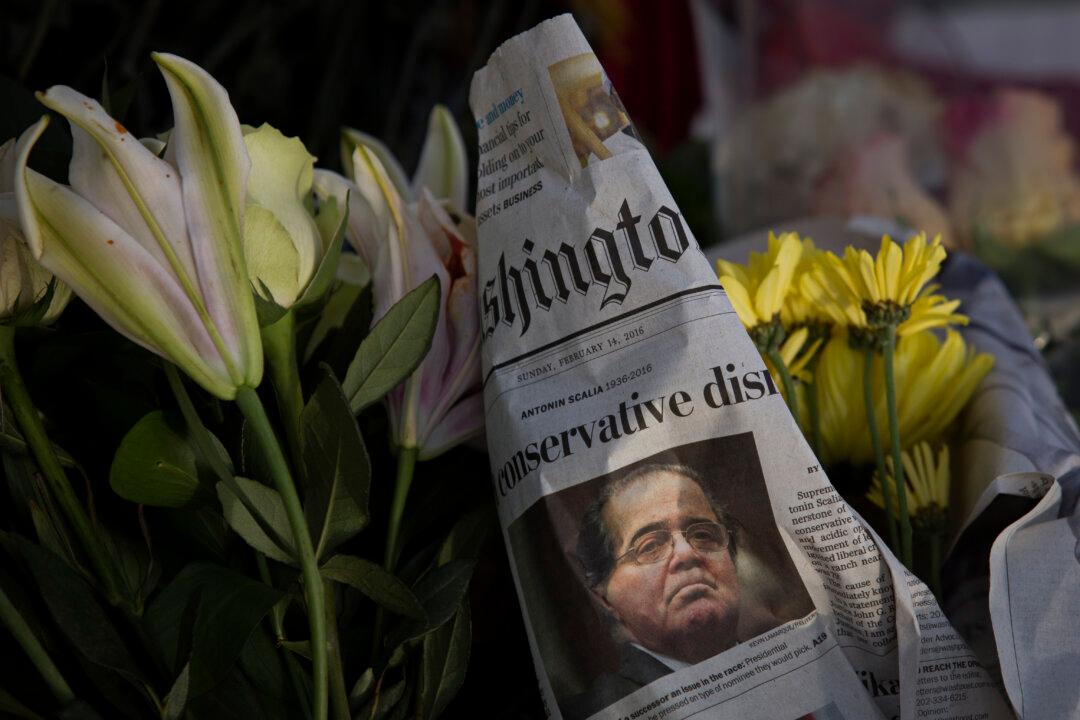US Supreme Court Justice Antonin Scalia has died at the age of 79. He leaves behind a legacy of intelligent rhetoric and landmark opinions, and the court has lost a larger-than-life personality. His death has also prompted a fierce debate, with US presidential candidates and elected officials already at loggerheads over what happens next.
Ordinarily the president would choose a nominee and the Senate Judiciary Committee would review the candidate before sending the issue to the full Senate—currently Republican-controlled—which would either support or oppose the nomination. Once confirmed, the nominee would be expected to serve for life. The lifelong term was created to keep high court deliberations far from political influence, so the process of choosing a justice is a very political one indeed.
Scalia’s departure has robbed the court of its most vocal conservative justice. Filling his seat is not merely about finding someone worthy and capable; it’s about the likely tilt of the high court’s decisions. And President Obama’s opponents know that all too well.
Holding Sway
Obama has only 11 months left to serve, and many of his Republican opponents are arguing his “lame duck status” means he shouldn’t nominate a replacement justice. But a look at Scalia’s influence on the court reveals this to be a primarily political preference. This graph shows 27 landmark Supreme Court decisions over his 29-year tenure.

